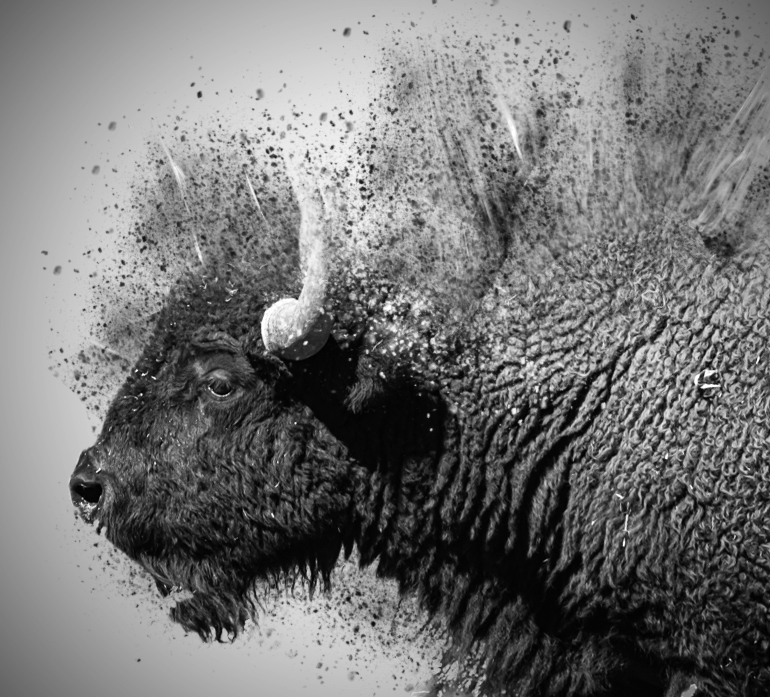Collapsing Populations
I’m sure most people have heard about the negative effects humans have on the environment many times before. For me, it feels like the things most talked about include global problems such as climate change and pollution. Have you ever thought about how these environmental problems affect animal life across the planet? According to the World Wildlife Fund, worldwide mammal, fish, bird, reptile, and amphibian populations have declined by 68% between 1970 and 2016. This was included in their Living Planet Report released in 2020, which included help from 125 experts who tracked 21,000 populations of over 4,400 vertebrate species. This allowed them to get an analysis of total populations worldwide.
History and Overview
Humanity has a long history of negatively affecting global biodiversity, evidence of this goes back tens of thousands of years. High extinction events have been linked to humans since they started to leave Africa about 60,000 years ago. Since 1500 CE, a massive wave of extinction has been occurring, and some scientists are calling what we are experiencing the 6th mass extinction. (Johnson, 2022) This seems to be a result of the skyrocketing human population, which correlates to greater consumption and urbanization. The biggest cause of non-human population loss is land use and degradation, with the main issue being agriculture. A large chunk of Earth’s land has been converted to farmland and cattle land. This is very simple, the land where animals lived is gone and less livable areas will lead to lower non-human populations.
Tracking extinction
The extinction rate for any animal is usually measured as the number of extinctions that would happen each year with a million species. For example, if the extinction rate is 10, then approximately 10 out of 1,000,000 species will go extinct every year. It is estimated that the average extinction rate is more than 100 times higher than prehuman times. The International Union for Conservation of Nature (IUCN) tracks and lists species on their Red List, where they assess how endangered species are. Species that are threatened with extinction are classified under 3 categories, vulnerable, endangered, and critically endangered. There are currently more than 142,500 species on the IUCN Red List. In total around the world, it is estimated that close to 1 million species are threatened with extinction.
What to think about
Every animal has a niche and plays a role in the environment. If you lose too many species, it can cause a chain reaction that can lead to total ecosystem collapse. Large environmental problems like climate change affect us for sure, but it also affects the creatures we share this planet with. They are a part of this world and are disappearing at unprecedented rates. In the end, what we do to them will ultimately affect us.



